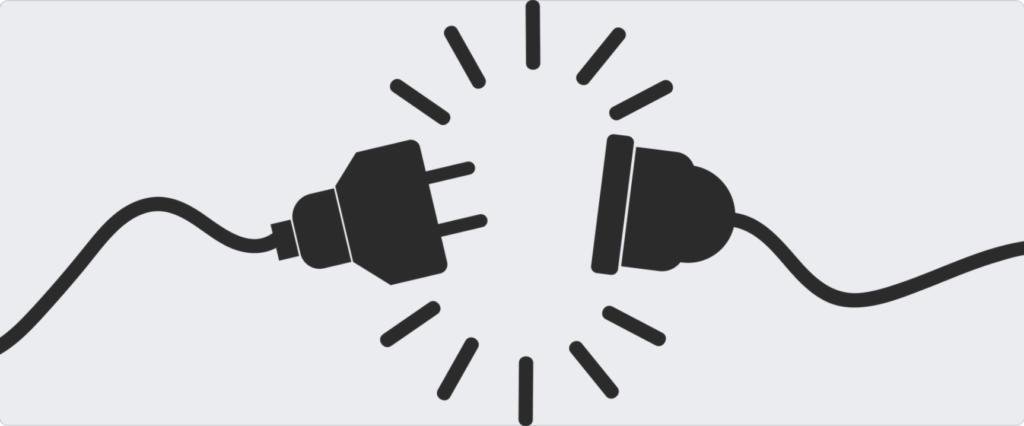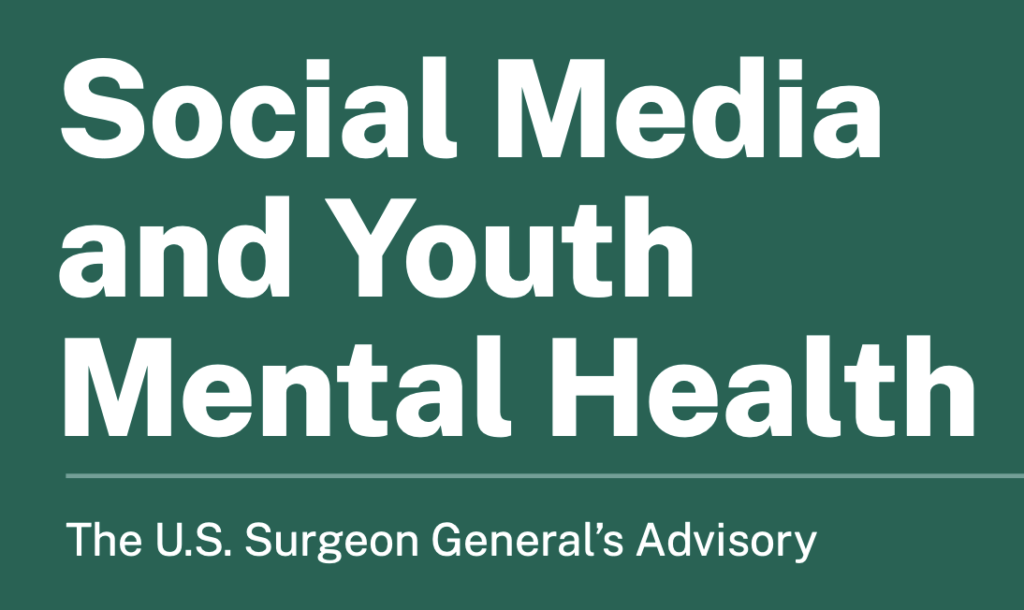Do you have a child and/or a student who appears to be able to read and complete homework adequately? How about one who gets decent grades the majority of the time? Or are you dealing with a child and/or a student who completely shuts down and has trouble with academics in many arenas?
THE PASSIVE LEARNER
Your child and/or student may be a passive learner.
What’s that? Do I need to be concerned?
I’d say, “yes”– because these are the children who may “fall through the cracks” and/or suffer from poor self-esteem unbeknownst to you. Everything may appear as if it is going well in the school environment, but…your child may be struggling–maybe not outwardly, but inwardly. You think your child is “okay with going to school”–even just in terms of socialization, gym, lunch, etc. (often when children are asked what they like best about school or even their favorite subject, the response is often “gym”, “lunch”, “seeing my friends”). “Okay with going to school” may not be the case at all.

Results indicated that reading interventions that include direct motivational strategy instruction tend to have larger effects on reading outcomes than both interventions without any motivational practices and those that include motivational supports only.
Image by Alexandra_Koch from Pixabay
Your child/student may exhibit the following behaviors at home and/or in the classroom:
- memorizes what is asked rather than work to understand and apply concepts; some of these students don’t even realize they need to understand vs. memorize
- dislikes school, dislikes completing homework assignments
- dislikes and/or avoids reading OR reads only when it is necessary even if the actual act of reading is not effortful for the child
- teacher reports of lack of eye contact and/or participation (or minimal participation)
- overall lack of ‘caring’ about achievement
- difficulty learning and/or lack of interest learning new vocabulary words
- preference for watching videos and screen time pursuits, but unwilling to talk about what is viewed
- greater interest in activities out of the school setting such as athletic, artistic, etc. pursuits
These passive behaviors pretty much amount to the child/or student expecting we adults to do all the work involved in the child’s learning. Perhaps in these students’ minds, it’s as if families and teachers simply “pour in” the knowledge directly into children’s/and or students’ brains with no expectation of the young person’s responsibility to engage with the adults. Truly, these students do exist and they are not always easy to spot. We adults may perceive them as simply “shy” or “quiet.”
One of my colleagues told me about a student we shared recently. I assessed 4th grader OS 3 years ago and at the time, the behavior that most struck me was her lack of motivation to respond to conversation, questions, and even attempt to recall information I knew she had been taught. I’ve been thinking about her in terms of the ‘passive student’ ever since. Well, my colleague currently works with this student several times per week as a 7th grader.. My colleague tells me OS continues to display overly passive behaviors resulting in a very slow rate of learning and mastery of the content OS needs to improve her reading, spelling, and writing. My colleague describes lessons as an adolescent who has “no ability to see purpose” and lessons are often akin to “pulling teeth.” Although my colleague states having a decent to good rapport with OS, OS often exhibits avoidance behaviors (changing the subject, occasionally shutting down, etc.). OS is able to “chew it up and spit it back” (memorize information), but she has difficulty in terms of applying this information. These issues obviously hamper OS’s ability to function in her classroom. My colleague tells me OS exhibits a spark of enthusiasm only when information is presented in a ‘gamelike’ format, such as recognition of the possible patterns in games such as “Wordle for Kids.”
Don’t get me wrong, I think playing games is a great way to learn, but…children need to realize learning and attending school is a child’s full time job and they need to put forth effort to maximize results. In fact, I have had to tell many a student that attending school or participating in homeschooling is the law. As an aside, in general, games serve to reinforce previous learning rather than teach new learning.
Parents, you might not realize these passive learning behaviors, or you might recognize them and then not know what to do to improve things. Teachers, you may realize these passive learning behaviors, but you might fear sharing these behaviors with families.
~Lori Josephson
Image in the public domain.

THE ACTIVE LEARNER
Active learners not only do the rote learning that is often necessary (retain sound/symbol relationships, basic math facts, dates of events, etc.), but also understand and integrate concepts and apply what is learned to new situations.
Active learners utilize what they already know (background knowledge) about a topic when learning new information about that topic to extend their knowledge base.
Typical behaviors of active learners at home and in the classroom include:
- intrinsic motivation, in other words, these students want to engage in learning for its own sake because learning is enjoyable and motivation comes from within the student
- persistence when engaged in challenging learning situations
- engagement with others inclusive of asking questions, learning new vocabulary, working on a task with others, accepting the perspectives of others, etc.
- demonstration of the overt ability to take responsibility for one’s learning via actively paying attention and participating, organization of learning materials, assignment completion, studying for tests, overall goals students set for themselves, increasing independence for one’s own learning over time, etc.

WHAT PARENTS CAN DO
- Pay attention to the behaviors your child(ren) exhibit as described above to better determine if you think your child(ren) may be ‘passive learners’…or not and encourage ‘active learning’ behaviors as you can.
- Have a chat with school personnel, particularly your child’s teachers–yes, speak to the gym, music, and art teachers too–determine if the behaviors you see at home are in line with school behaviors.
- Have a chat with your child(ren)’s pediatrician about this situation. Share this article with your child(ren)’s pediatrician as is needed.
- Have an ongoing conversation with your child(ren) about the topic of becoming an ‘active learner’ and DO talk about the responsibility of ‘being a student’ and viewing this role as a child’s “full-time job”.
- Mediate your child(ren)’s responses using language. Do not allow a lack of response or “I don’t know”. Provide several choices when asking questions. Ask your child to elaborate a response with more detail.
- Become a positive role model as an ‘active learner’ yourself–demonstrate learning and reading for the enjoyment of it, as well as use for gathering and learning new information (how to fix something, how birds pollinate, learning a new cuisine and exploring recipes, etc.). You do not have to read Great Expectations! Reading and listening to a book of interest to you and your family and then discussing it is a great way to engage in ‘active learning’.
- Go through and read some of the hyperlinks in this article!
- Perhaps monitor your and your child(ren)’s screen time in favor of conversation–please see my comments below, so keep reading.
WHAT TEACHERS CAN DO
- Pay attention to the behaviors your students exhibit to really hone in on those stealth ‘passive learners’; some of these students have become really adept at hiding their passivity from you–and some of these students may have undiagnosed language disorders as well–some students have been mislabeled as having ADD-Inattentive Type when that is not the issue at all.
- Do not fear speaking with the families of these students if you think the student is exhibiting the characteristics of a passive learner
- Discourage straight ‘memorization’ in favor of integration and applying new information–model this behavior yourself–teachers generally consider themselves as lifelong learners!
- Expect and require participation and active learning behaviors. Your classroom is your ‘queendom’ or ‘kingdom’–you set behavioral expectations from the outset. Use of strategies such as ‘pair share’, holding up whiteboards eliminates an ‘opt out’ situation, and combining individual participation with small group participation. Of course, reward positive behaviors.
- Avoid questions such as “Who would like to….” and “Everyone tell me….” (especially avoid long periods of choral responses–those passive learners can ‘hide’ here!)
- Quickly pace lessons with many shorter activities will help students stay on task, particularly if manipulative are used.
- If you teach middle or high school students, you may wish to check out Mel Siberman’s book, Active Learning: 101 Strategies To Teach Any Subject.
- According to a recent study (2023) entitled Motivational Practices in Reading Interventions for Students With or at Risk for DyslexiaLiterature Synthesis and Meta-Analysis which appeared in the Language Disorders, only 44% of reading interventions included motivational practices. The majority (84%) of those interventions addressed student motivation and engagement through motivational supports, such as game-like activities, paired work, and setting improvement goals. A much smaller percentage (16%) provided explicit (direct) motivational strategy instruction. Results indicated that reading interventions that include direct motivational strategy instruction tend to have larger effects on reading outcomes than both interventions without any motivational practices and those that include motivational supports only.
- Go through and read some of the hyperlinks in this article!
WHAT ABOUT SCREEN TIME?
The US Surgeon General, Vice Admiral Vivek Murthy, just a week or two ago, issued an Advisory entitled Social Media and Youth Mental Health (2023). Share this with your schools and pediatricians.
Here are a couple of takeaways (italics are mine):
- “Model responsible social media behavior. As children often learn behaviors and habits from what they see around them, try to model the behavior you want to see. Parents can set a good example of what responsible and healthy social media use looks like by limiting their own use, being mindful of social media habits (including when and how parents share information or content about their child), and modeling positive behavior on your social media accounts.”
- “Create tech-free zones and encourage children to foster in-person friendships. Consider keeping family mealtimes and in-person gatherings device-free to build social bonds and engage in a two-way conversation. Help your child develop social skills and nurture his or her in-person relationships by encouraging unstructured and offline connections with others and making unplugged interactions a daily priority. See the American Academy of Pediatrics (AAP) guidelines for media use.”
- “Create boundaries to help balance online and offline activities. Limit the use of phones, tablets, and computers for at least 1 hour before bedtime and through the night to enable sufficient and quality sleep. Keep mealtimes and in-person gatherings device-free to help build social bonds and engage in two-way conversations with others. Nurture your in-person relationships by connecting with others and making unplugged interactions a daily priority.”

Screen Time encourages ‘taking info in’ without engagement–hence more opportunity for passive learning.
Image from the Social Media and Youth Mental Health U.S. Surgeon General’s Advisory (2023)
THE TAKEAWAY
Let’s remember this ancient Chinese proverb. “Tell me and I’ll forget; show me and I may remember; and involve me and I’ll understand.”
Summer is the perfect time to talk about these issues with your child(ren) and a perfect time to directly work on improving your child(ren)’s approach to learning as needed. Follow my suggestions and go ahead and do a little reading on the topic. Teachers, if you have (or had if school is out in your part of the world) these types of students in your classrooms, pass along this blog to their families. And don’t forget to relax and have fun with kids with the less structured scheduling summer break brings to families. This is one of my favorite pics of my kids taken while vacationing in Rehoboth Beach, Delaware circa 1991!
Boy, did we have FUN!

